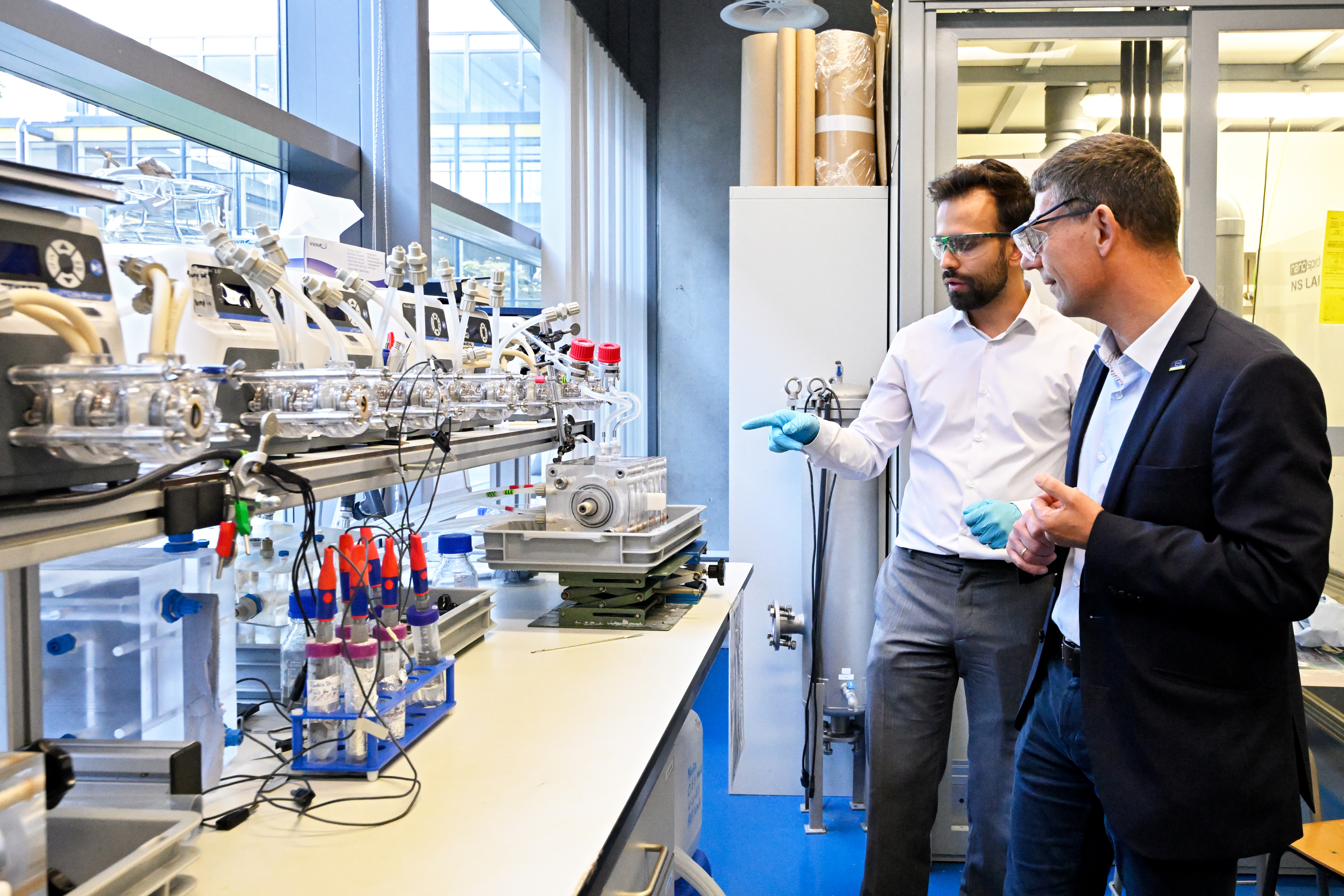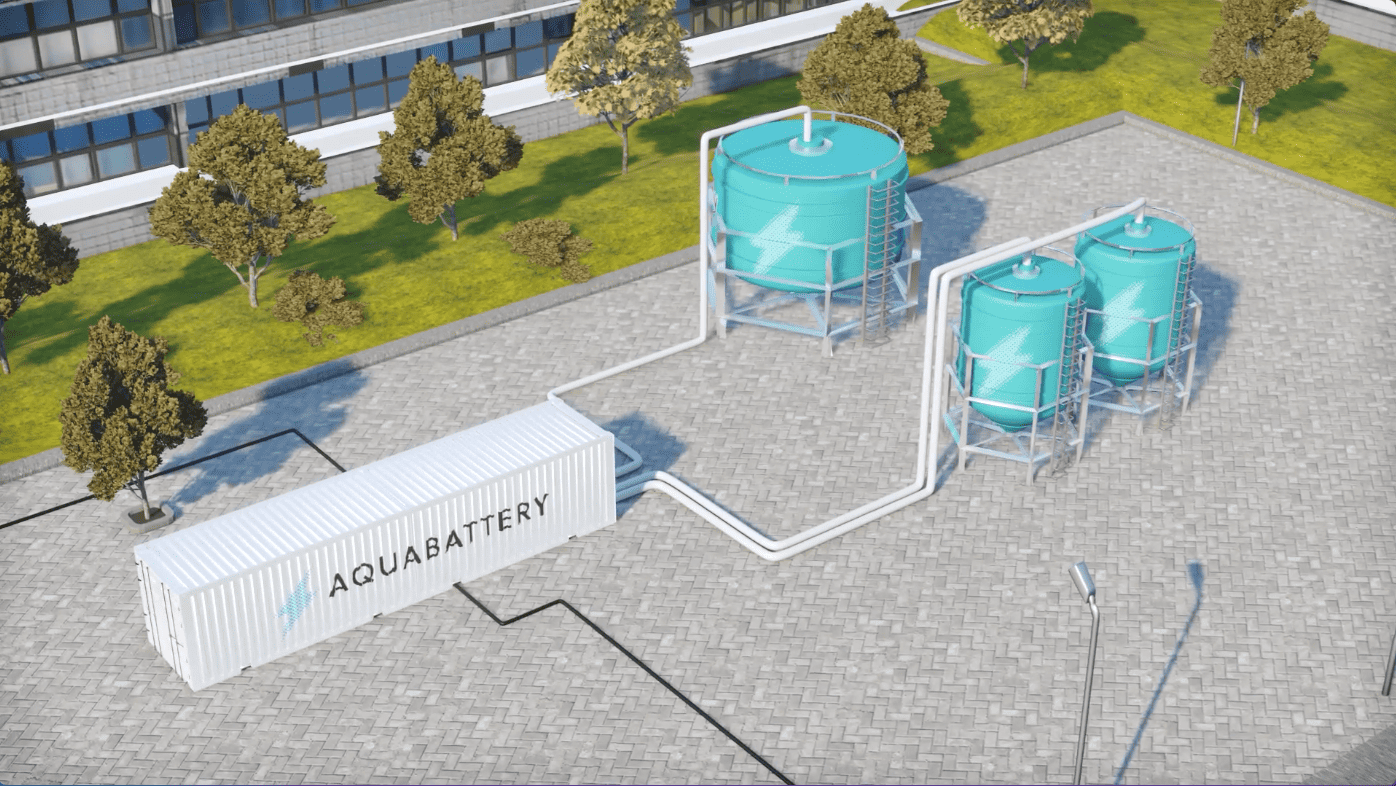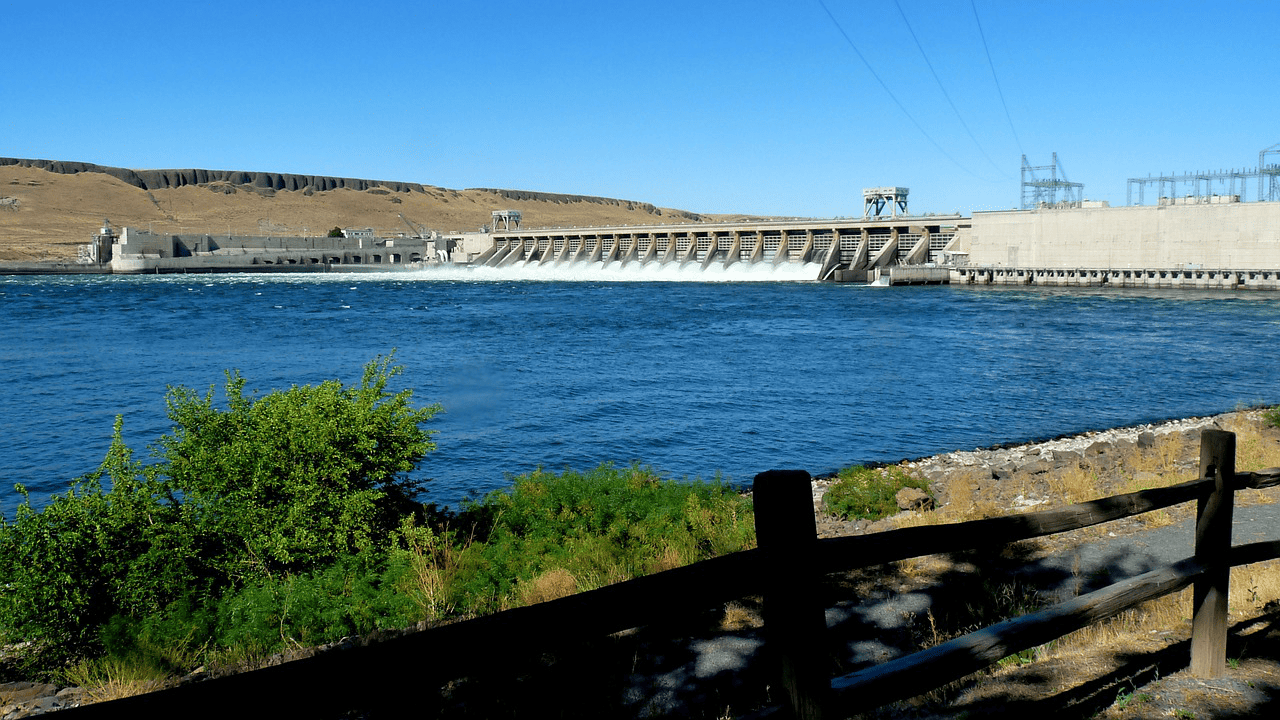
The Technical University Eindhoven (TU/e) and TNO receive a 7 million euro subsidy from the European Union to further develop a heat battery that stores energy in salt. The two knowledge institutes are leading a partnership at European level (HEAT-INSYDE). They use the money from the Horizon2020 programme to make the heat battery suitable for the consumer. The heat battery makes it possible to store sustainably generated energy in an inexpensive and efficient way, so that it is also available on windless and cloudy days.
It works as follows: by making salt wet with water evaporation, the water binds to salt. Salt becomes crystals and in this process heat is released. The process is reversible: by returning heat to the system, water and salt are separated from each other. As long as water and salt are separated, energy is stored. If you bring the two back together again, heat and therefore energy will be released. The heat battery is stable and works without loss of energy and, if used correctly, will last at least 20 years.
More about this project (Dutch)
Olaf Adan, who works for TNO and TU/e and is the project leader of the consortium, speaks of an ingenious system that works very simply. “This simplicity makes it possible to keep the heat battery affordable, also for blocks of houses or even for individual homes. The subsidy granted will enable us to speed up the development of the heat battery into a smaller model (the size of an average refrigerator). The cost price will be lower than in electrical storage systems, while the performance will be better. With the heat stored, a family can take a hot shower for two weeks.”
In time to come, the European partners will be working on a smaller heat battery model. The device must be able to connect to various energy systems, such as the electricity grid and heat networks, but also, for example, heat pumps and solar panels. In two years’ time, a pilot project will start in existing homes in Eindhoven, Gdansk (Poland) and Nice (France). These different locations have a wide variety of climates, homes and uses, allowing the device to be tested under different conditions and methods of use.
In addition to TNO, TU Eindhoven, materials producer Caldic, the municipality of Eindhoven and the housing corporation Trudo, the EU consortium also consists of international partners from Belgium, France, Germany, Switzerland and Poland.







